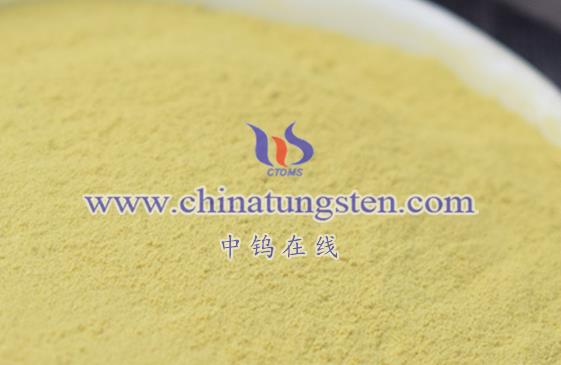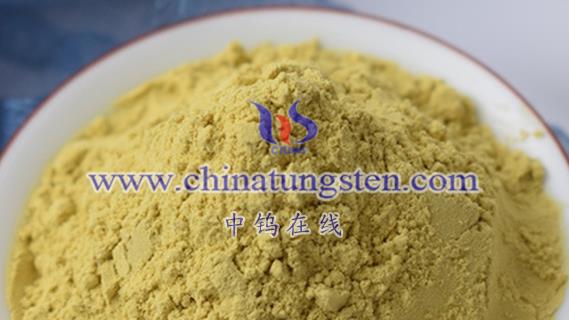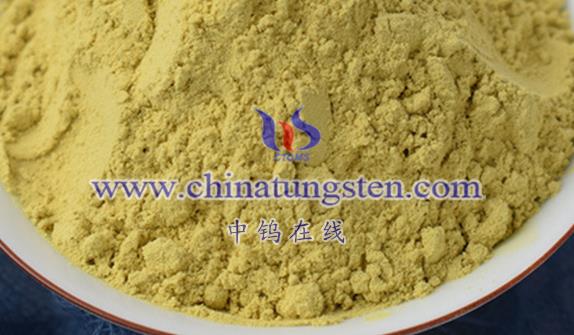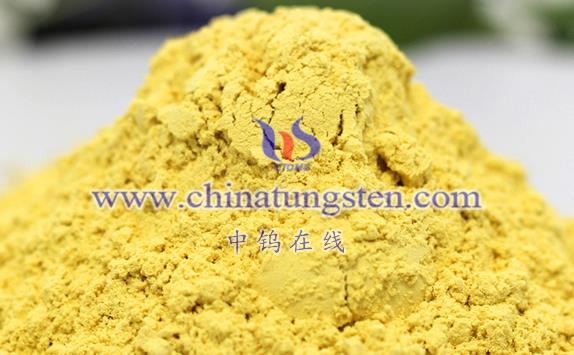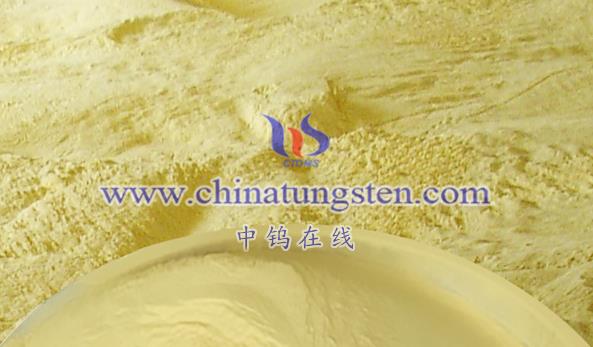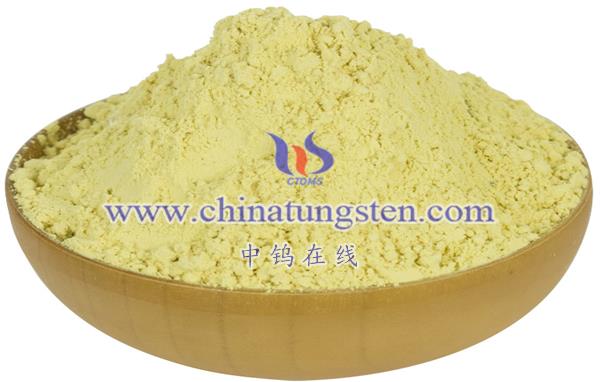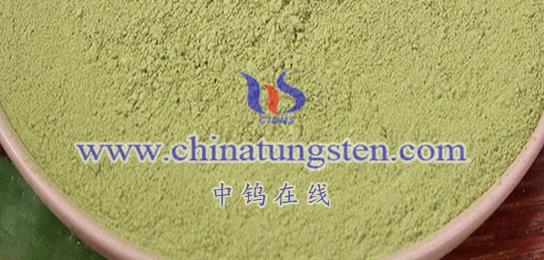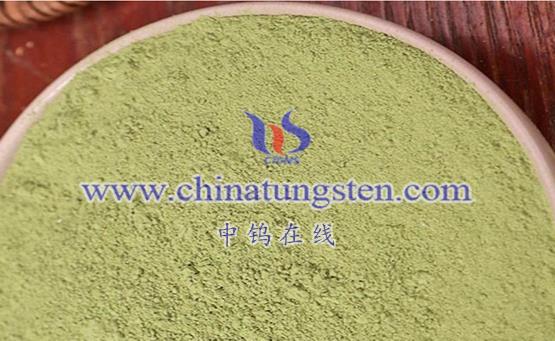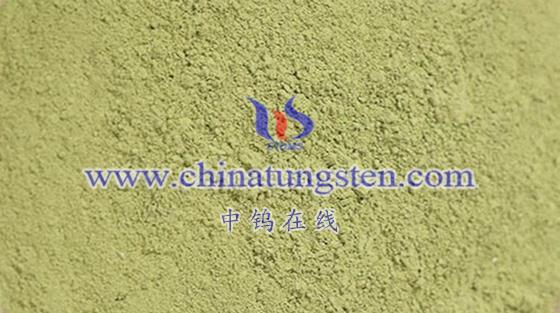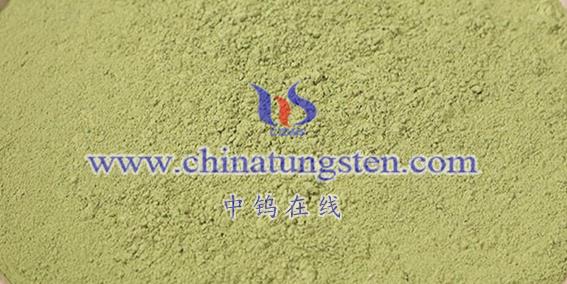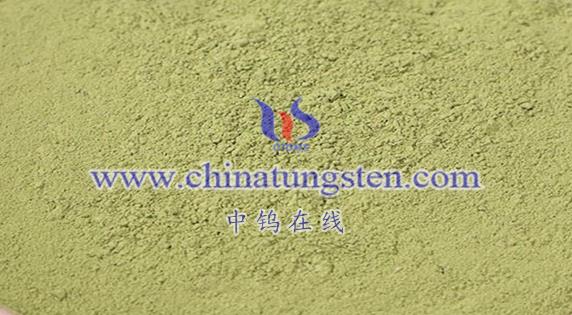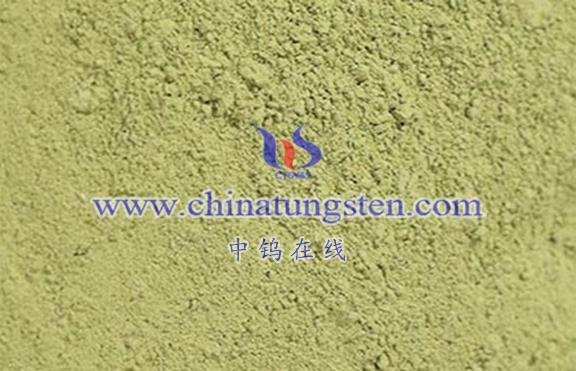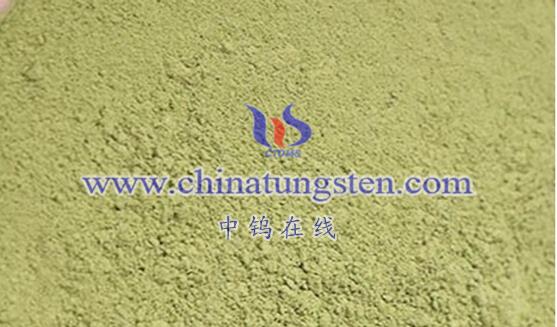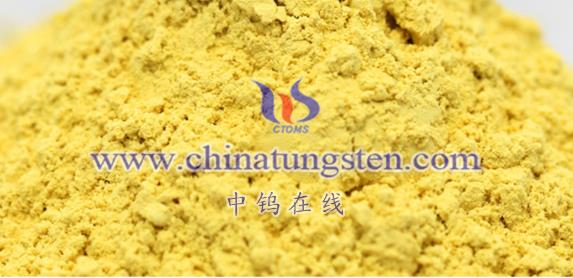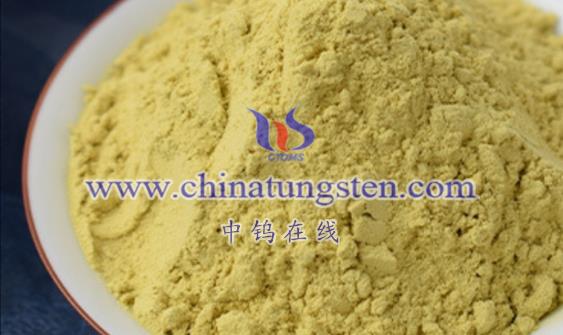
Tungsten trioxide (WO3) nanowires differ significantly from ordinary tungsten trioxide in several aspects, including their physical form, properties, and applications. Below are the key differences:
- Physical Form
- Nanowire Form: Tungsten trioxide nanowires have a nanometer-scale size and linear morphology. This form gives them a much higher specific surface area and more active sites, enhancing their physical and chemical properties.
- Ordinary Form: Regular tungsten trioxide typically appears as a powder, particles, or other macroscopic forms, with comparatively lower specific surface area and fewer active sites.
- Properties
- Physical and Chemical Properties:
- Nanowire Effect: Due to the size effect and surface effect, tungsten trioxide nanowires exhibit superior properties in magnetism, optics, acoustics, heat, and electricity. For example, they show higher activity and efficiency in photocatalysis, electrochromism, and photochromism.
- Structural Stability: While tungsten trioxide itself is prone to structural changes and instability, the nanowire form can stabilize its structure through specific preparation methods and conditions, thus improving its performance.
- Catalytic Properties:
- High-Efficiency Catalysis: As a catalyst, tungsten trioxide nanowires have a higher surface area and more active sites, allowing for more effective contact with reactants and catalyzing reactions more efficiently.
- Ordinary Catalysis: In comparison, ordinary tungsten trioxide may have lower catalytic efficiency due to its limited surface area and fewer active sites.
- Optical Properties
- Light Absorption Efficiency: Tungsten trioxide nanowires have higher light absorption efficiency, particularly in solar energy applications, due to their nanostructure and narrower bandgap.
- Color Change: The nanowire form of tungsten trioxide can undergo color changes under the influence of electricity, light, or gases. This feature makes it suitable for applications in smart windows, displays, and other technologies that require light modulation.
- Applications
- Power Lithium Batteries: Tungsten trioxide nanowires, as an improvement to the anode material, can significantly enhance the performance of power lithium batteries, including their energy density and thermal performance, thereby expanding their range of applications.
- Photocatalysis: Tungsten trioxide nanowires demonstrate higher photocatalytic activity and efficiency, making them ideal for applications such as degrading pollutants in water, air purification, and energy conversion.
- Smart Materials: Due to their electrochromic and photochromic properties, tungsten trioxide nanowires hold great potential in smart materials, including smart windows, displays, and other devices that adjust based on external stimuli.
- Sensors: The nanowire form of tungsten trioxide has high sensitivity and selectivity toward specific gases or substances, making it useful in the development of high-performance gas sensors.
Conclusion
Tungsten trioxide nanowires differ from ordinary tungsten trioxide in terms of physical form, chemical properties, and the range of applications. These differences enable tungsten trioxide nanowires to have a wider range of potential applications, particularly in fields such as energy storage, photocatalysis, and smart materials, where their enhanced properties make them more effective than their conventional counterparts.
More details of tungsten oxide product, please visit website: tungsten-oxide.com
Please contact CHINATUNGSTEN for inquiry and order of tungsten oxide:
Email: sales@chinatungsten.com
Tel.: 86 592 5129595
